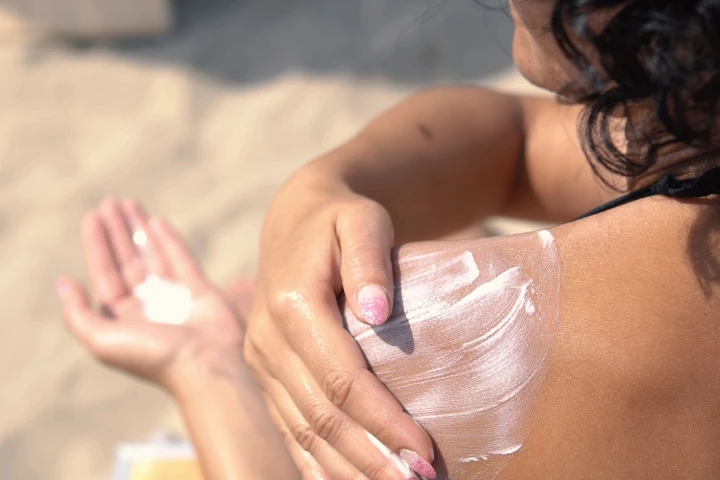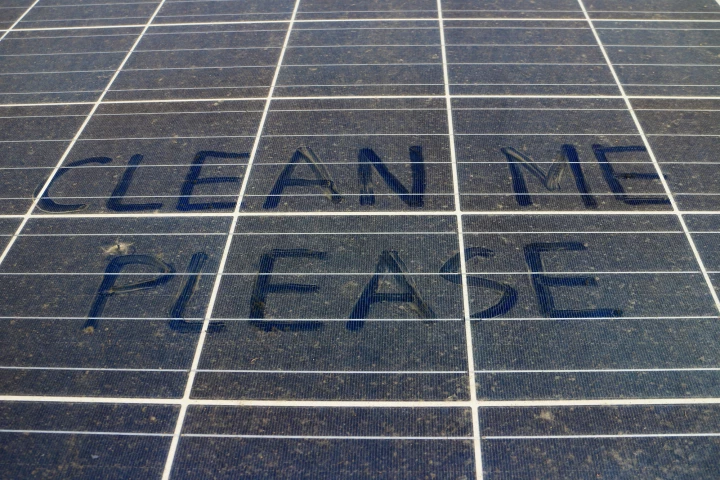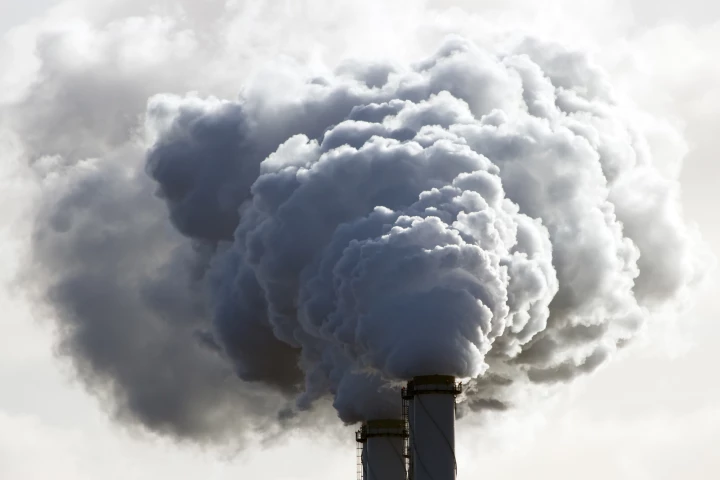Titanium dioxide
-
Although sunscreen does help protect our skin from the sun's harmful UV rays, it isn't designed to keep that skin cool. An experimental new sunscreen does that very thing, however, while maintaining an SPF rating of about 50.
-
General Motors has received a patent for a fascinating self-cleaning technology that could eliminate the annoyance of smudgy fingerprints all over touchscreens. It's a photocatalytic system, triggered by ultraviolet LEDs built into the RGB matrix.
-
Solar panels can’t operate efficiently if they’re caked in dirt, but cleaning them regularly can be a time-consuming process. Engineers in Germany have now developed an ultra-thin coating that can make solar panels and other surfaces self-cleaning.
-
A new solar-powered catalyst made of graphene and titanium dioxide nanoparticles can pluck pollutants out of the air, much more efficiently than others. The catalyst could be coated onto building or street surfaces to improve air quality in cities.
-
Regardless of what you may think of the practise of teeth-whitening, it appears to not just be a passing fad – and it can harm peoples' teeth. Scientists from China's Nanchang University are out to make it safer, with an experimental new technique.
-
Researchers have developed a new “mat” that can adsorb and destroy pollutants from water. It's made up of titanium dioxide nanoparticles embedded into polymer fibers, which destroys contaminants through UV light. The team says the design is faster, safer and more energy efficient than other systems.
-
How would you like to be able to wash your car by just hosing it off – no soap, scrubbing or drying? You may be able to in the not-too-distant future, thanks to an ultra-hydrophobic (water-repelling) paint that can be applied to a variety of surfaces, and that stays on once applied.
-
Panasonic recently unveiled a new technology to purify water using sunlight and photocalysts. The system purifies polluted water at a high reaction rate, to improve access to clean water where it is needed.
-
A nanotube-based anode for lithium-ion batteries can charge cells to 70 percent of their capacity in only two minutes and has a very long lifespan of ten thousand charge/discharge cycles.
-
House RP combines a futuristic-looking design that would look right at home in George Lucas sci-fi movie THX 1138, and what may well be a smog-reducing exterior finish.
-
In what they're calling a breakthrough discovery, UCL researchers studying the properties of titanium dioxide catalysts claim to have challenged the accepted view of how mixed-phase samples of the material actually behave.
-
Multi-use Titanium Dioxide could be used to produce hydrogen and clean water from wastewater, double the lifespan of batteries, create antibacterial wound dressings, and more.
Load More











